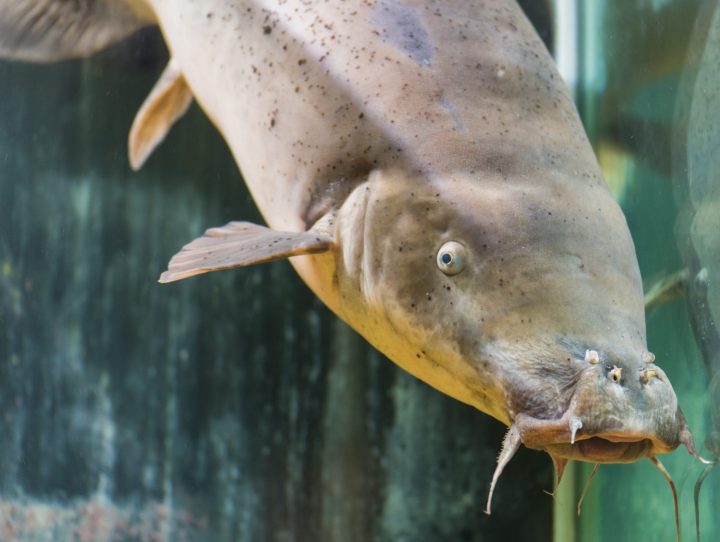Blood-filled sinuses within the eye sockets of horned lizards squirt blood in self-defense by swelling and rupturing.
Introduction
North American desert horned lizards have a wide range of predators within their habitat. One unusual defense mechanism involves the flooding of their ocular sinuses, tissues found below their eye, with blood. When a horned lizard feels threatened by a predator, its final defense response is to shoot blood from these flooded sinuses and out its eye sockets. As a result, the predator is often frightened and flees. The lizard also uses this mechanism to remove foreign particles from the surface of its eyes.
The Strategy
The horned lizard has two constricting muscles that line the major veins around its eye. When these muscles contract, they cut off blood flow back to the heart, while it continues to flow into the head. This floods the ocular sinuses with blood, building pressure, and causing them to bulge. By further contracting these muscles in a rapid manner, the pressure increases even more, eventually rupturing the thin sinus membranes. The result is a jet stream of blood that can shoot up to four feet from the eye socket, a process known as auto-hemorrhaging. Amazingly, this process can be repeated several times within a short period if necessary, though the mechanism for this rapid recovery is not completely understood.
Desert Horned Lizard: Watch one use its eye-opening strategy to defend against a coyote.

The lizard uses the same mechanism to remove particles from its eye, without rupturing the sinus membranes completely. When dirt, soil, or other particles enter the eye, the lizard controls the pressure precisely, allowing the sinuses to swell, but not hemorrhage. It then sweeps a thin, transparent third eyelid across the surface of the eye. This membranous eyelid folds back to the front corner of the eye, leaving the debris at the rear corner. The horned lizard then uses the bulging ocular sinuses to draw the debris away from the rear of the eye and onto the eyelid. Once the lizard floods its sinuses with blood, as described above, the skin surrounding the eyelids expands, dislocating the debris where it falls off or is otherwise easily removed.
The Potential
Equipment used in liquid services such as pumps or filters need regular maintenance to keep them clean. Often, this requires shutting plants and processes down to perform such maintenance. Studying this lizard’s unique mechanism could provide innovative ways to clean equipment while it continues to operate, increasing overall efficiency.
This summary was contributed by Sarah Dodge.









